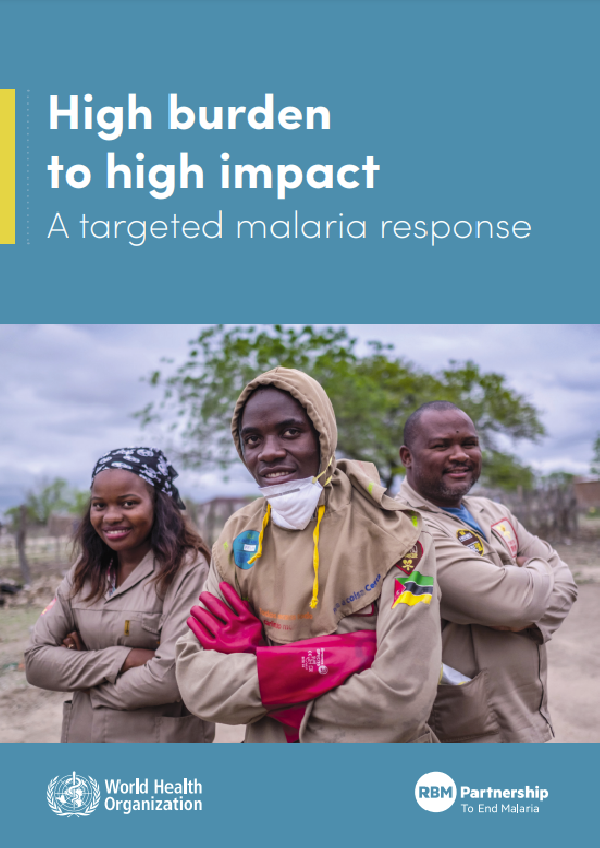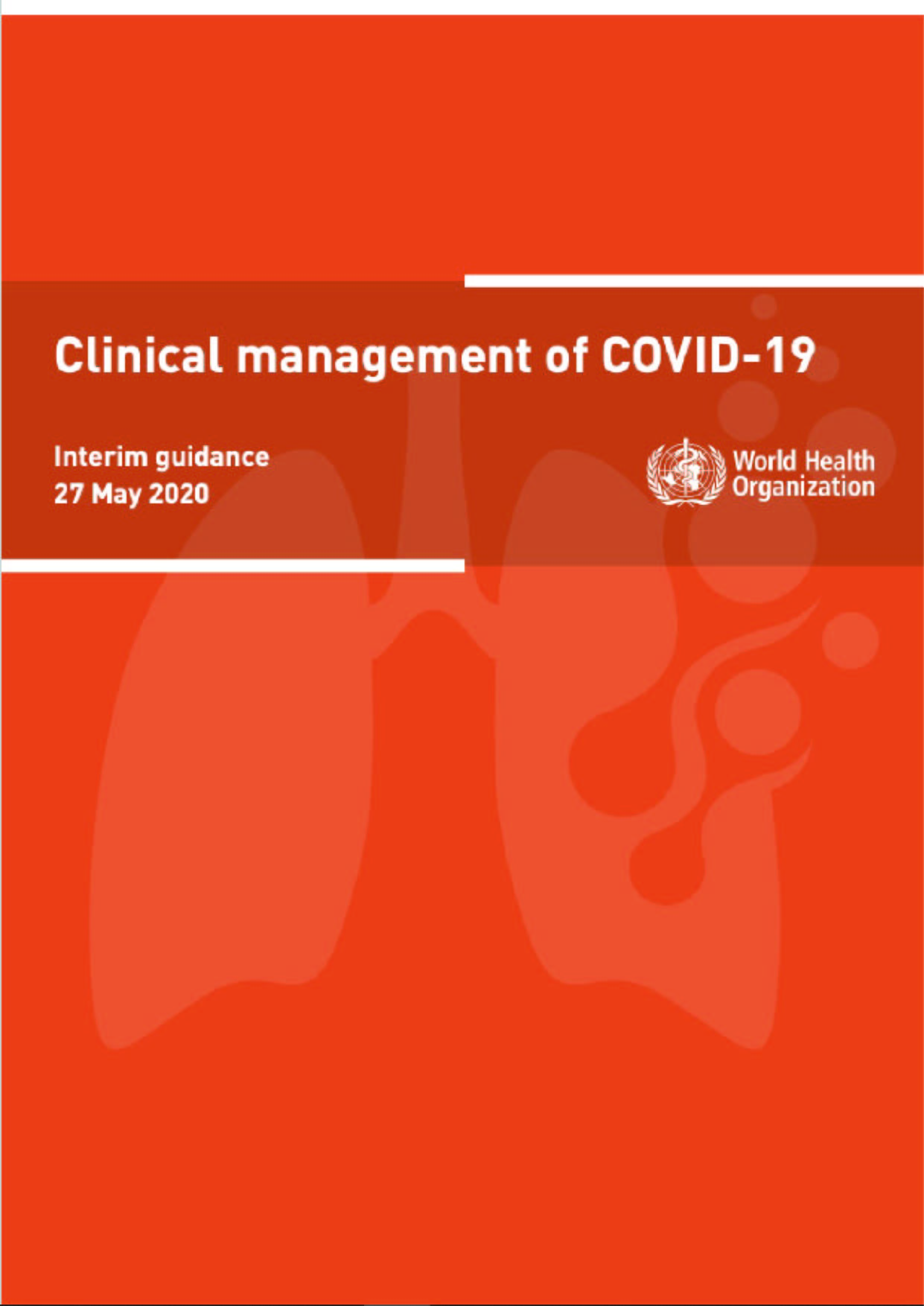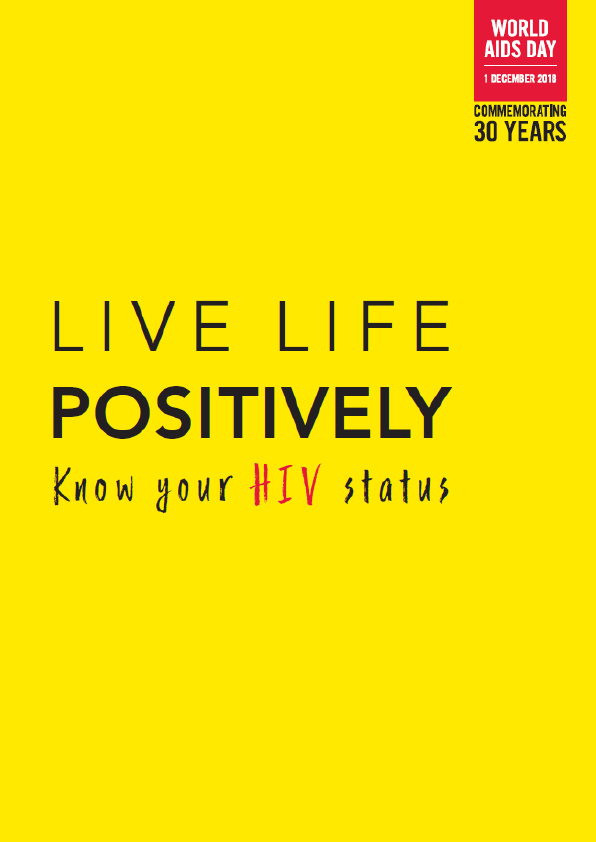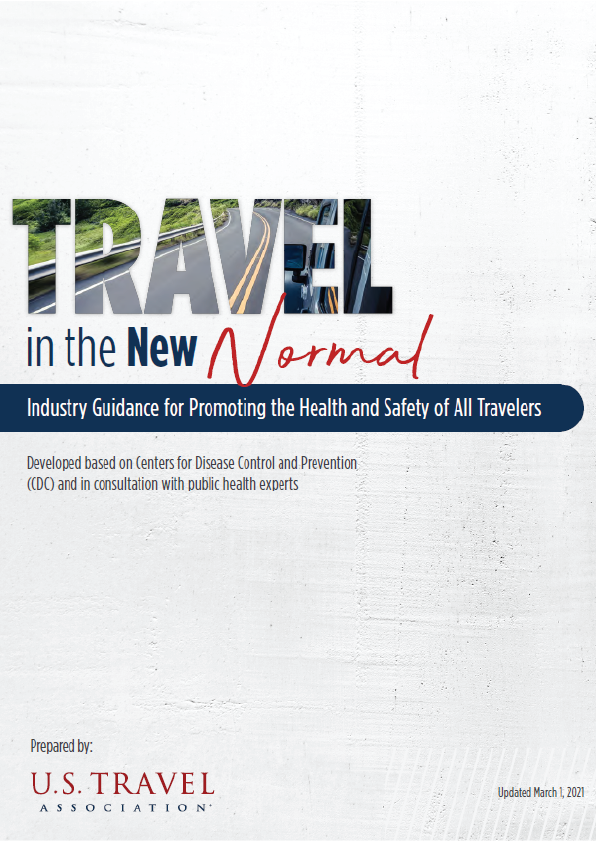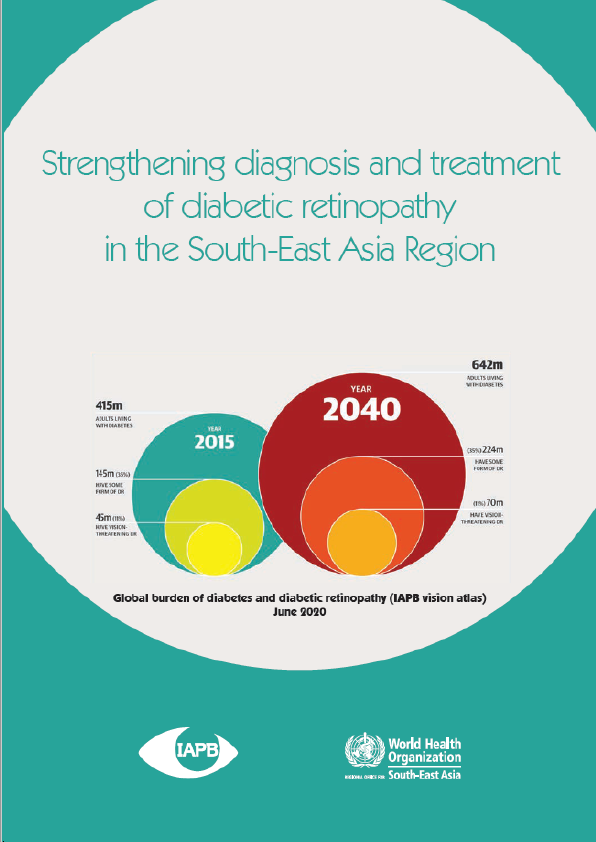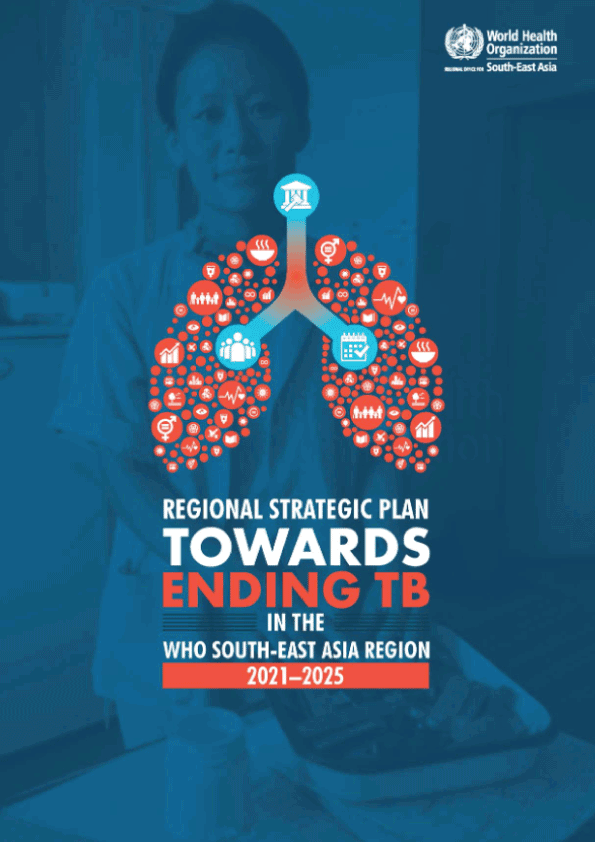New data from the World malaria report 2018 shows that progress in the global malaria response has leveled off and, in some countries, the disease is on the rise. To get the response back on track, the WHO Director-General has called for an aggressive new approach that will jumpstart progress against malaria. “High burden to high impact” is a country-led approach that will be supported by WHO, the RBM Partnership to End Malaria, and other partners.
The attainment of the targets of the WHO Global Technical Strategy for Malaria 2016–2030 – or the failure to do so – will define whether the high-impact approach succeeds in achieving its most pressing goal: getting the response back on track, and then making further gains to ensure that the 2030 goals are met.
Malaria is a mosquito-borne infectious disease that affects humans and other animals. Malaria causes symptoms that typically include fever, tiredness, vomiting, and headaches. In severe cases, it can cause jaundice, seizures, coma, or death. Symptoms usually begin ten to fifteen days after being bitten by an infected mosquito.
Since the turn of the century, the global fight against malaria has been marked by a steady series of advances resulting in millions of cases averted and millions of lives saved. The effort represents one of the public health’s greatest triumphs: mortality caused by the disease plummeted by nearly 60%.
But that downward trend has come to an end. In 2017, WHO reported that the number of malaria cases had levelled off. Now, for a second consecutive year, the battle – on a global scale – has failed to make new gains; and in some places, mainly in sub-Saharan Africa, it has lost ground.
According to the World malaria report 2018, there were 219 million cases of the disease in 2017, compared to 217 million the year before. Of particular concern is the report’s finding that, among the 10 highest-burden African countries, there were 3.5 million more cases in 2017 over the previous year (See Graph “Malaria cases in the 10 highest-burden countries in Africa, 2010–2017”).
“This is a massive wake-up call that has refocused attention on the countries hardest hit by malaria,” says Dr Pedro Alonso, Director of the WHO Global Malaria Programme. The numbers, he notes, underscore the need for an immediate change in approach against a disease that is both preventable and curable.
Every two minutes, a child dies of malaria. In 2017, the estimated global tally of malaria deaths stood at 435 000, a similar number to the previous year. Beyond the loss of life, the damage inflicted by malaria runs deep.
“Malaria disproportionately affects vulnerable groups, including women and children, particularly from the poorest households,” says Dr Winnie MpanjuShumbusho, Board Chair of the RBM Partnership to End Malaria. “The high burden of malaria often means that farmers stay off their fields, children miss school, workers stay at home or spend much time and resources going to clinics,” she adds.
